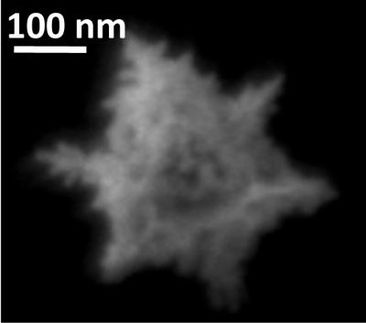Graphene offers protection from intense laser pulses
Researchers from Singapore and the UK have jointly announced a new benchmark in broadband, non-linear optical-limiting behavior using single-sheet graphene dispersions
Advertisement
Single-sheet graphene dispersion when substantially spaced apart in liquid cells or solid film matrices can exhibit novel excited state absorption mechanism that can provide highly effective broadband optical limiting well below the onset of microbubble or microplasma formation.
In a breakthrough, researchers from the National University of Singapore (NUS), DSO National Laboratories and University of Cambridge have developed a method to prevent the re-stacking of these sheets by attaching alkyl surface chains to them, while retaining the integrity of the nano-graphene pockets on the sheets.
This method in turn produced a material that can be processed in a solution and dispersible into solvents and film matrices. As a consequence, the researchers observed a new phenomenon. They found that the dispersed graphenes exhibit a giant non-linear optical-absorption response to intense nanosecond laser pulses over a wide spectral range with a threshold that was much lower than that found in carbon black suspensions and carbon nanotubes suspensions. This set a new record in energy limiting onset of 10 mJ/cm^2 for a linear transmittance of 70%.
These optical limiting materials can now be used for protection of sensitive sensors and devices from laser damage, and for optical circuits. They can be also used in anti-glare treated devices.
The principal investigator of the NUS Organic Nano Device Laboratory's graphene team, Professor Lay-Lay Chua who is also from the NUS Department of Chemistry and Department of Physics, says: "We found from ultrafast spectroscopy measurements that dispersed graphene sheets switch their behavior from induced optical transparency which is well-known, to induced optical absorption depending on its environment. This is a remarkable finding that shows graphene can still surprise!"
The principal investigator of the graphene team at DSO National Laboratories, Professor Geok-Kieng Lim who is also an Adjunct Professor at NUS Department of Physics, says: "This is an important first step in the development of practical graphene nano-composite films for applications where the graphene sheets remain fully dispersed. The induced change in their non-linear optical behavior is amazing and highly practical!"
Original publication
Other news from the department science
These products might interest you
Most read news
More news from our other portals
See the theme worlds for related content
Topic world Sensor technology
Sensor technology has revolutionized the chemical industry by providing accurate, timely and reliable data across a wide range of processes. From monitoring critical parameters in production lines to early detection of potential malfunctions or hazards, sensors are the silent sentinels that ensure quality, efficiency and safety.

Topic world Sensor technology
Sensor technology has revolutionized the chemical industry by providing accurate, timely and reliable data across a wide range of processes. From monitoring critical parameters in production lines to early detection of potential malfunctions or hazards, sensors are the silent sentinels that ensure quality, efficiency and safety.
































































